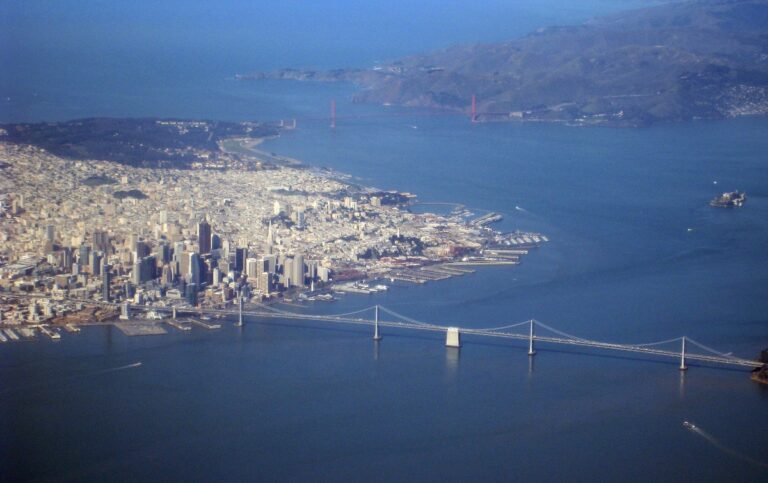Sea level rise won’t hit just homes on shorefronts, but also the infrastructure beneath our feet
When people think about sea level rise, many picture scenarios like flooded coastlines in Florida or Bangladesh, and beachfront homes succumbing to erosion on the Outer Banks of North Carolina. But some of the most significant threats to our communities are going unnoticed, underground.
The ocean is in direct contact with coastal groundwater. If you’ve ever built a sandcastle on the beach, digging a moat that fills with water from below, you’ve experienced this firsthand. As sea level rises, coastal groundwater levels rise too.
Cities have a crucial network of underground infrastructure, including water pipes, sewer systems, stormwater drains, electrical and fiber-optic lines and support structures for roadways and buildings. As coastal groundwater rises in our urban areas, it can flood this subterranean network. Often, that water is salty and corrosive.
Perhaps most worryingly, buried contaminants are being brought to the surface as rising waters interact with sewage infrastructure, old industrial spills and more.
Infrastructure failure caused by groundwater rise is already happening in many places, necessitating attention and timely management. Affected areas are seeing flooded basements, structural damage to foundations, corroded rebar, an uptick in water main breaks and overwhelmed sewage treatment plants. They also suffer from excessive rutting and potholing of roadways as the supportive layers underground become saturated. Perhaps most worryingly, buried contaminants are being brought to the surface as rising waters interact with sewage infrastructure, old industrial spills and more.
I am a sea-level-rise flood modeler based in Honolulu, which hosts one of the nation’s longest-operating tide gauges, along with a network of monitoring wells dedicated to observing the rise, and increased salt concentration, of coastal groundwater. The tide gauge has seen a more than 20-centimeter rise in sea level since before World War I. Groundwater has been rising in step.
In 2017, for example, events related to the climate pattern known as El Niño temporarily elevated sea levels by up to 30 cm above tide chart predictions across the Hawaiian Islands. The groundwater in Honolulu rose by nearly 30 cm, too. While this wasn’t surprising to hydrologists, it surprised locals as water seeped up to the surface more than a kilometer from the shoreline. Globally, sea levels are expected to rise about a meter by 2100.
Honolulu is leading the way in researching the influence of rising sea levels on groundwater; researchers here published one of the earliest studies on the topic, in 2012. Today, our Board of Water Supply uses groundwater simulations to help maintain and upgrade infrastructure. And the Hawaii State Department of Health is tracking contamination.
Research published in 2020 suggests that nearly 90 percent of Honolulu’s active cesspools are already compromised during king tides. The health department is also concerned about the upward seepage of lead and hydrocarbons, as well as the possibility of methane-induced underground explosions. While the latter may sound alarmist, it’s a legitimate concern. When petroleum contamination from past spills is immersed in rising groundwater, anaerobic bacteria break it down, leading to methane production. The health department actively tracks unexplained underground explosions in Honolulu that are thought to be linked to […]
Full article: mavensnotebook.com

